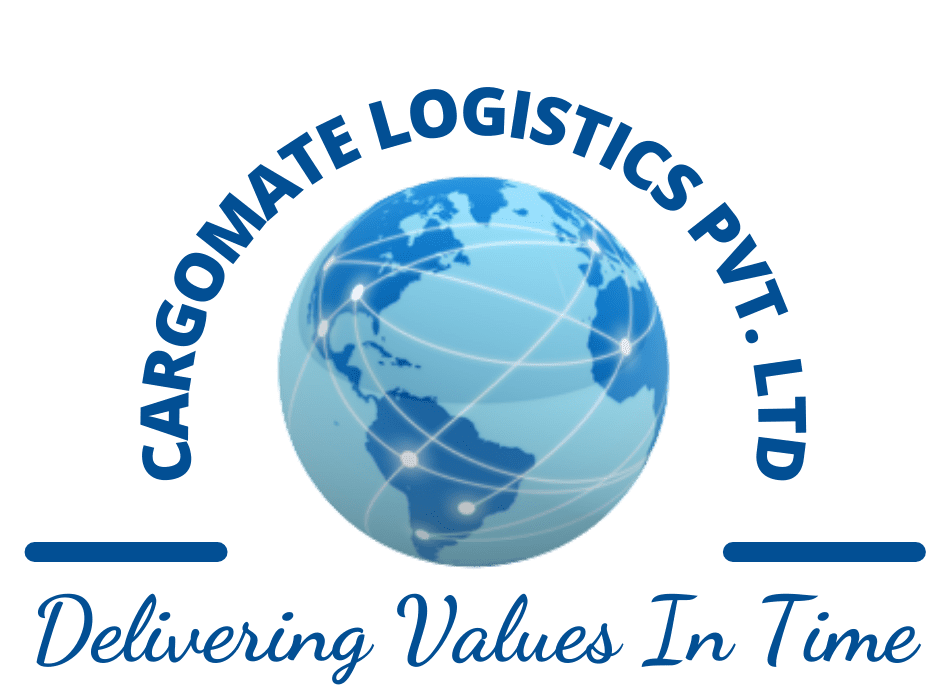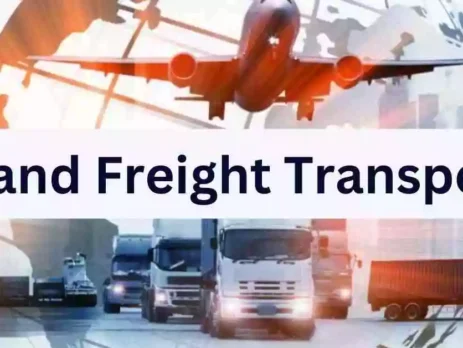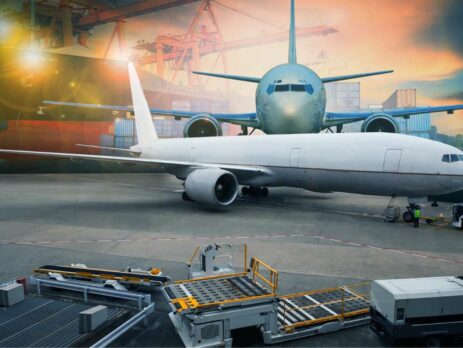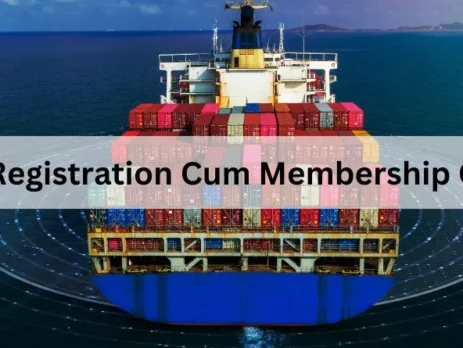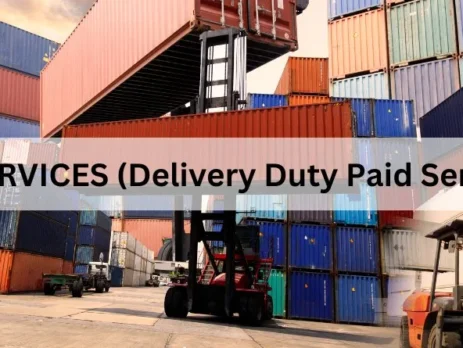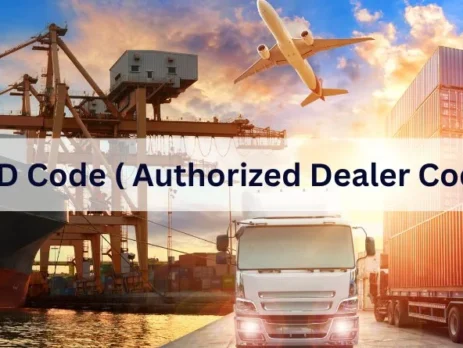Break Bulk Chartering Services in Delhi: Cargomate Logistics Pvt. Ltd.
Your Trusted and The Best Break Bulk Chartering Services in Delhi In the dynamic world of shipping and logistics, break bulk chartering services play a pivotal role in transporting oversized and heavy cargo that cannot be containerized. For businesses in Delhi seeking reliable and efficient break bulk chartering services, Cargomate Logistics Pvt. Ltd. stands out as the best break bulk chartering services provider in Delhi. Known for their expertise, commitment, and comprehensive solutions, Cargomate Logistics Pvt. Ltd. ensures the safe and timely delivery of your valuable cargo. Why Choose Cargomate Logistics Pvt. Ltd.? Cargomate Logistics Pvt. Ltd. has established itself as a leader in break bulk chartering services in Delhi. Here are some reasons why they are considered the best break bulk chartering services provider in Delhi: 1. Comprehensive Service Offering Cargomate Logistics Pvt. Ltd. offers a full spectrum of break bulk chartering services in Delhi. From project cargo handling and heavy lift operations...
